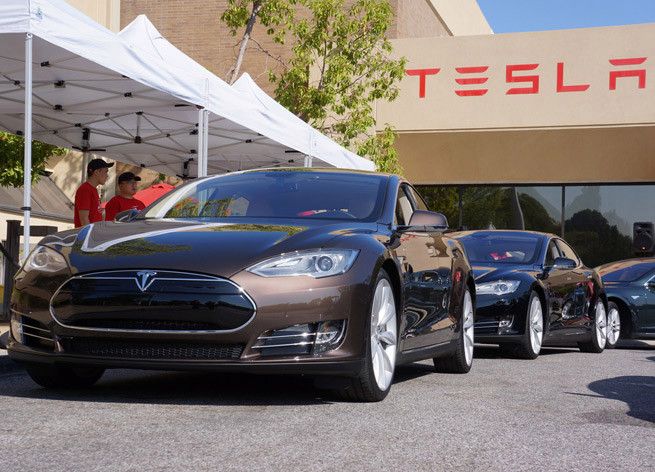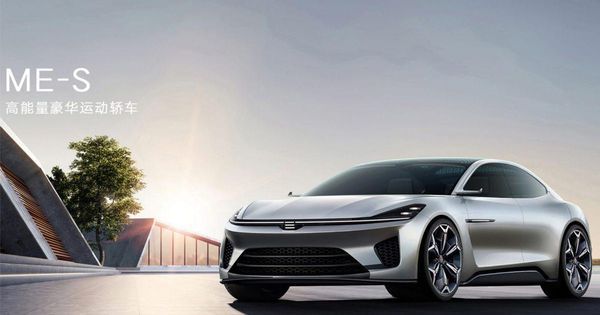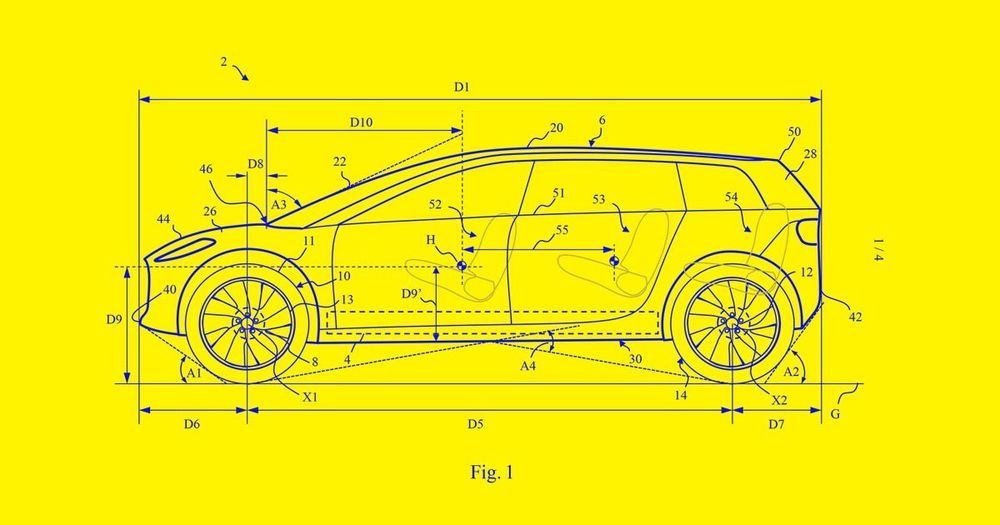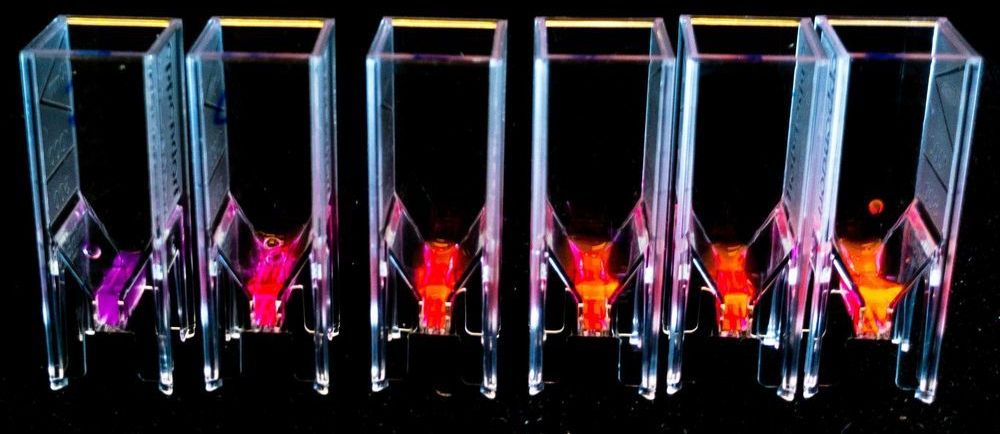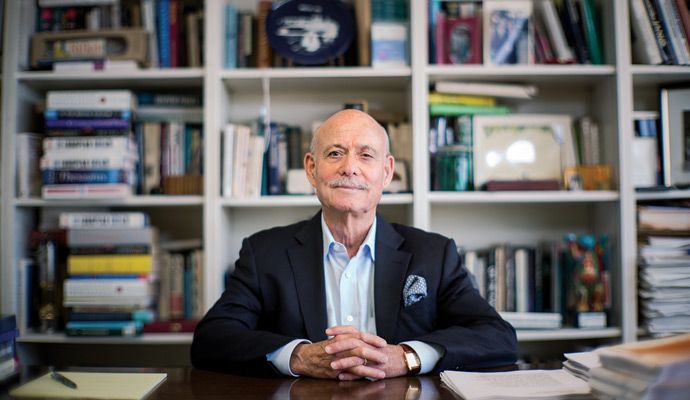When designing the Tesla Model S, Elon Musk wanted an electric motor that had the same horsepower as the most powerful internal combustion engine but with nearly-instantaneous torque. And he wanted it to be the size of a watermelon. Engine manufacturers told him this couldn’t be done. So the Tesla CEO decided to build his own motor. The earlier versions of this had a hand-wound stator which increased winding density to help eliminate resistance and increase peak torque. Later versions of the stators were built by robots.
Musk made the same decision with practically every other component of the Tesla — including the power electronics and other elements of the drivetrain. For him, there could be no compromises in design and functionality. That is why almost every component of the Tesla Model S is produced at its factory in Fremont, Calif.
When you drive a Model S, you can see the results. The car literally seems to fly. It picks up acceleration like a spaceship shifting into warp speed. The car is eerily quiet, comfortable, and elegant. It is a completely different driving experience than the cars we are used to. There is no engine to start, gears to shift, or oil to replace. The brakes don’t wear out because you hardly use them. The Tesla regenerative-braking system charges the car as it slows.
